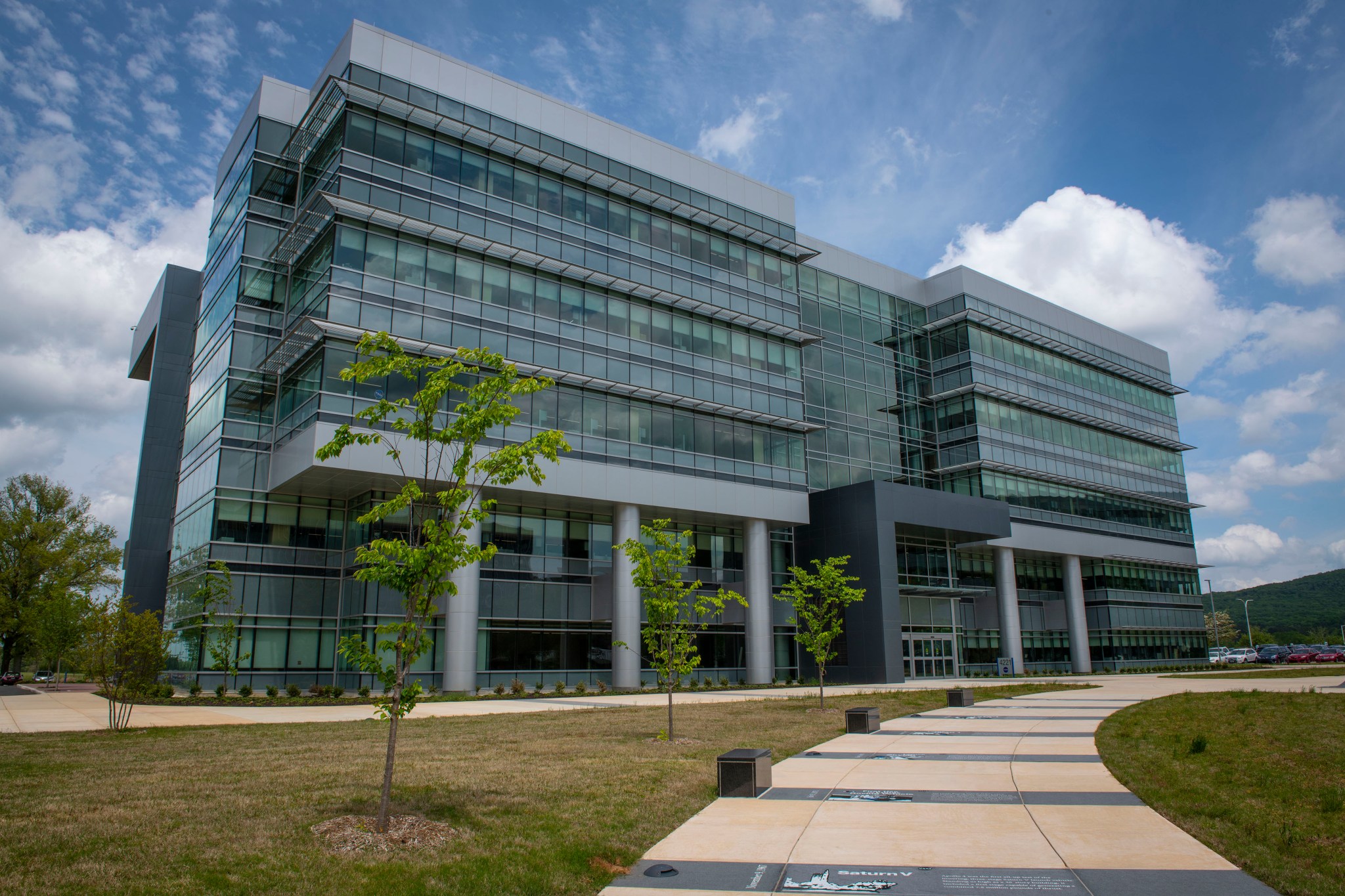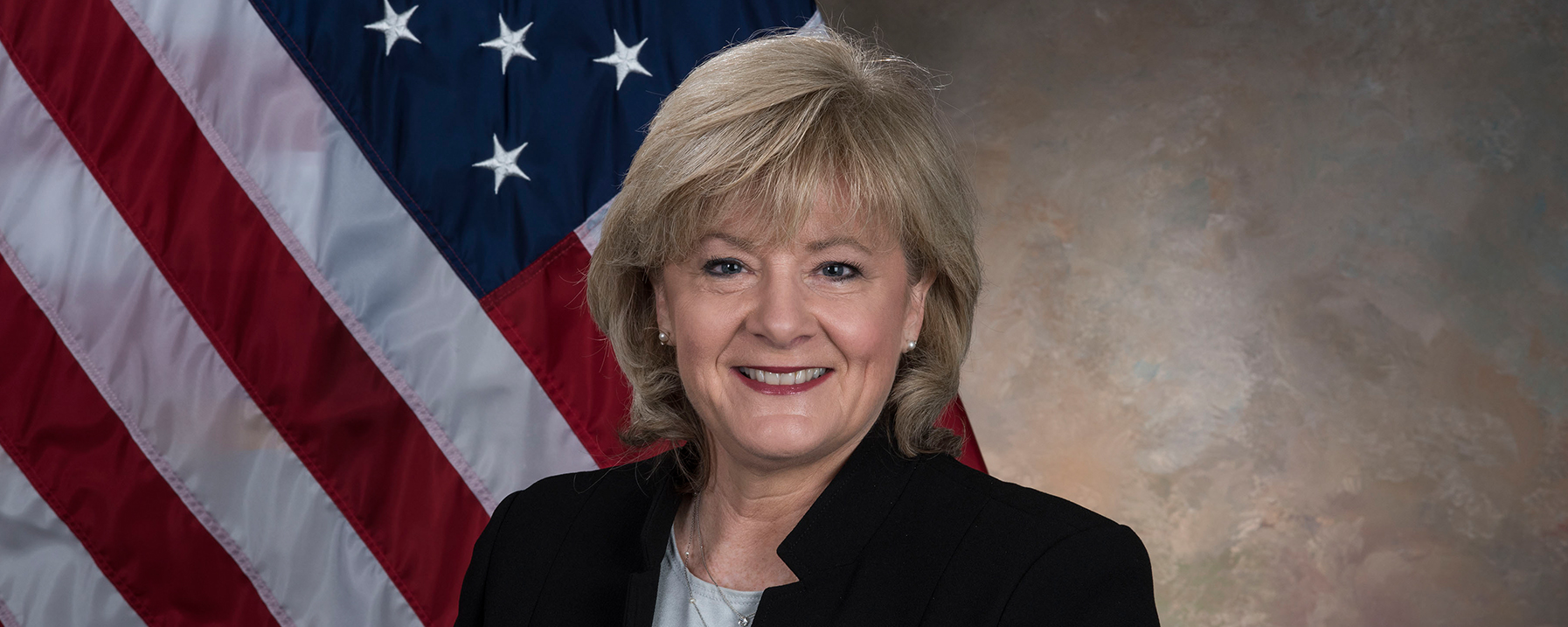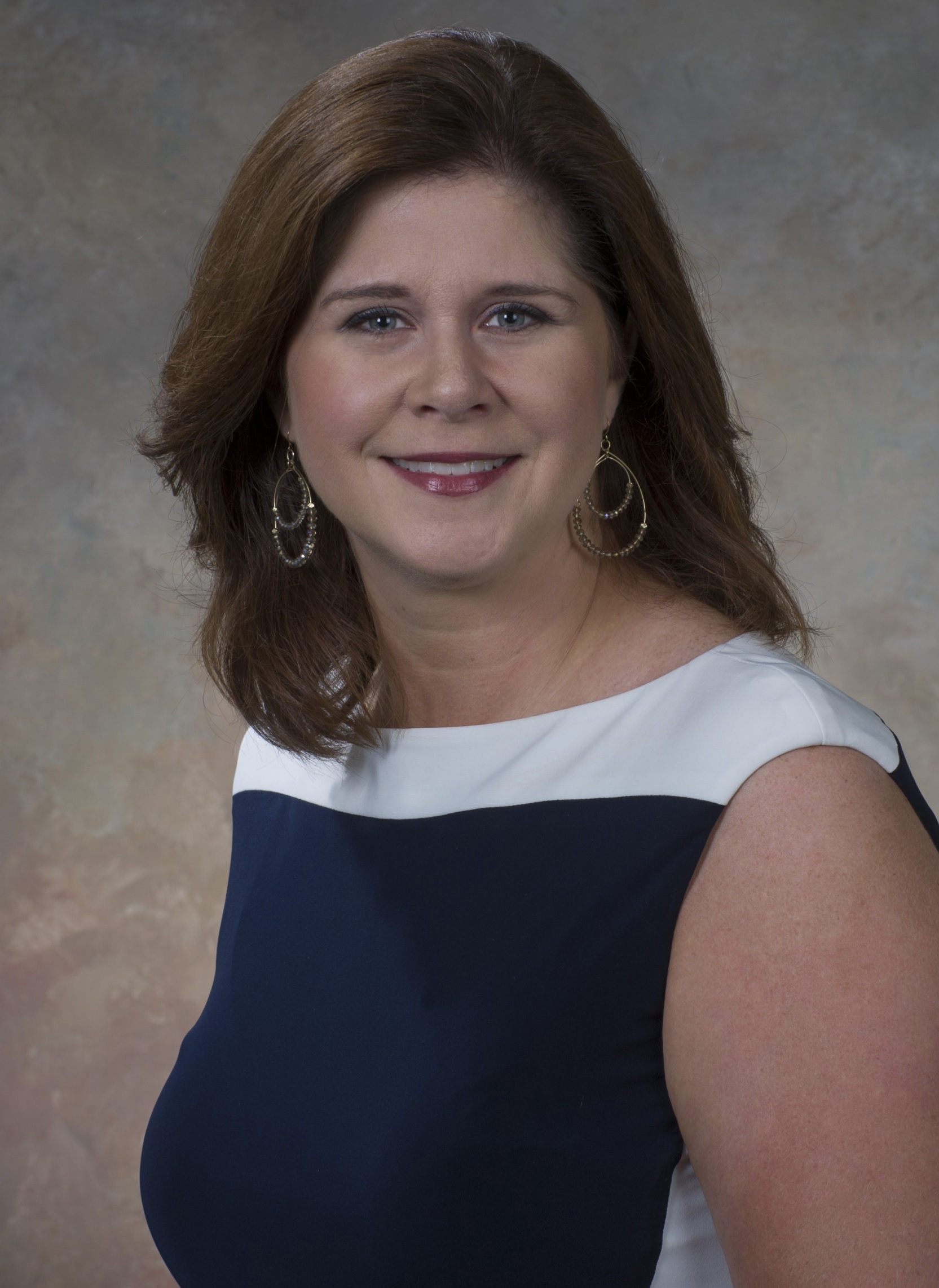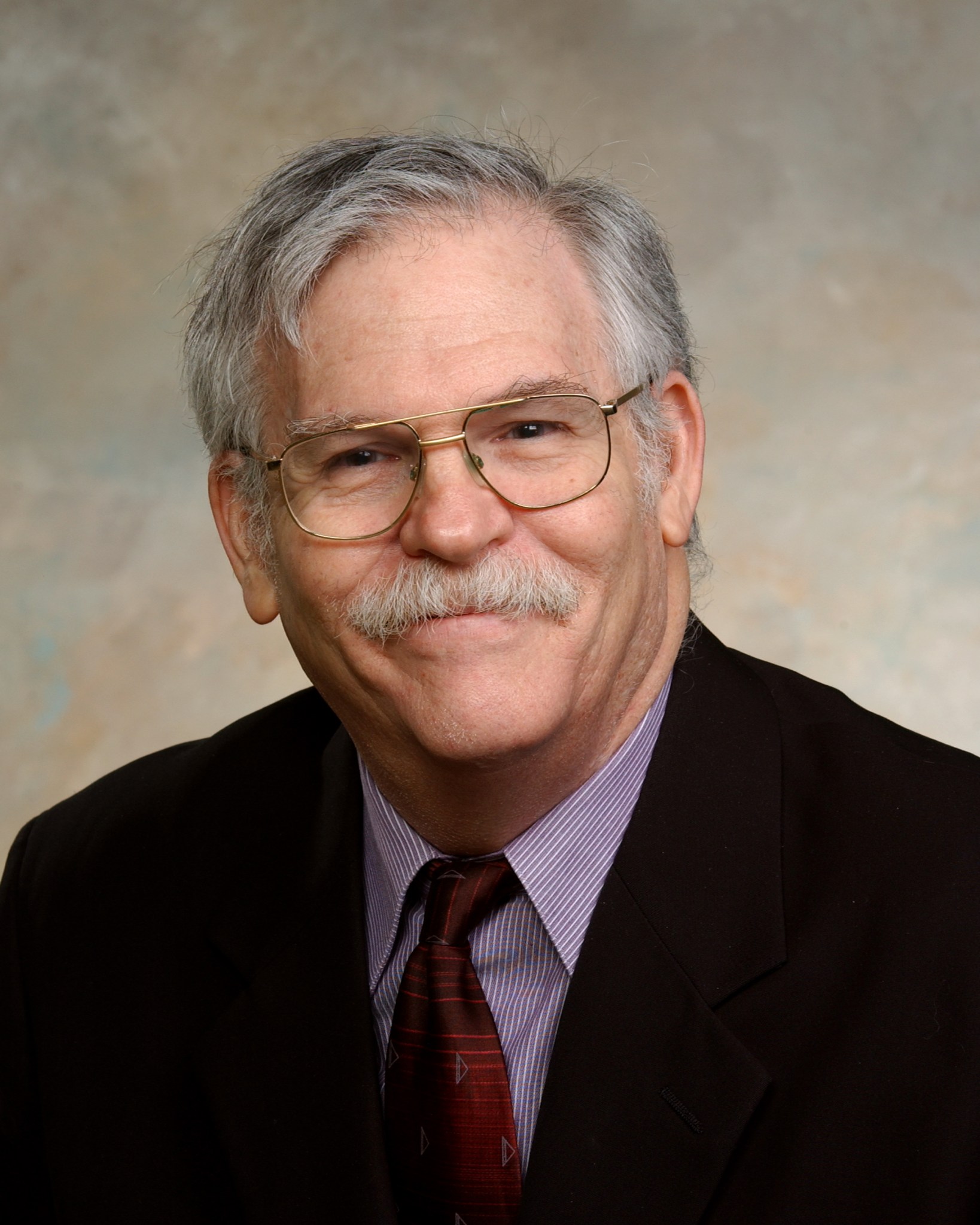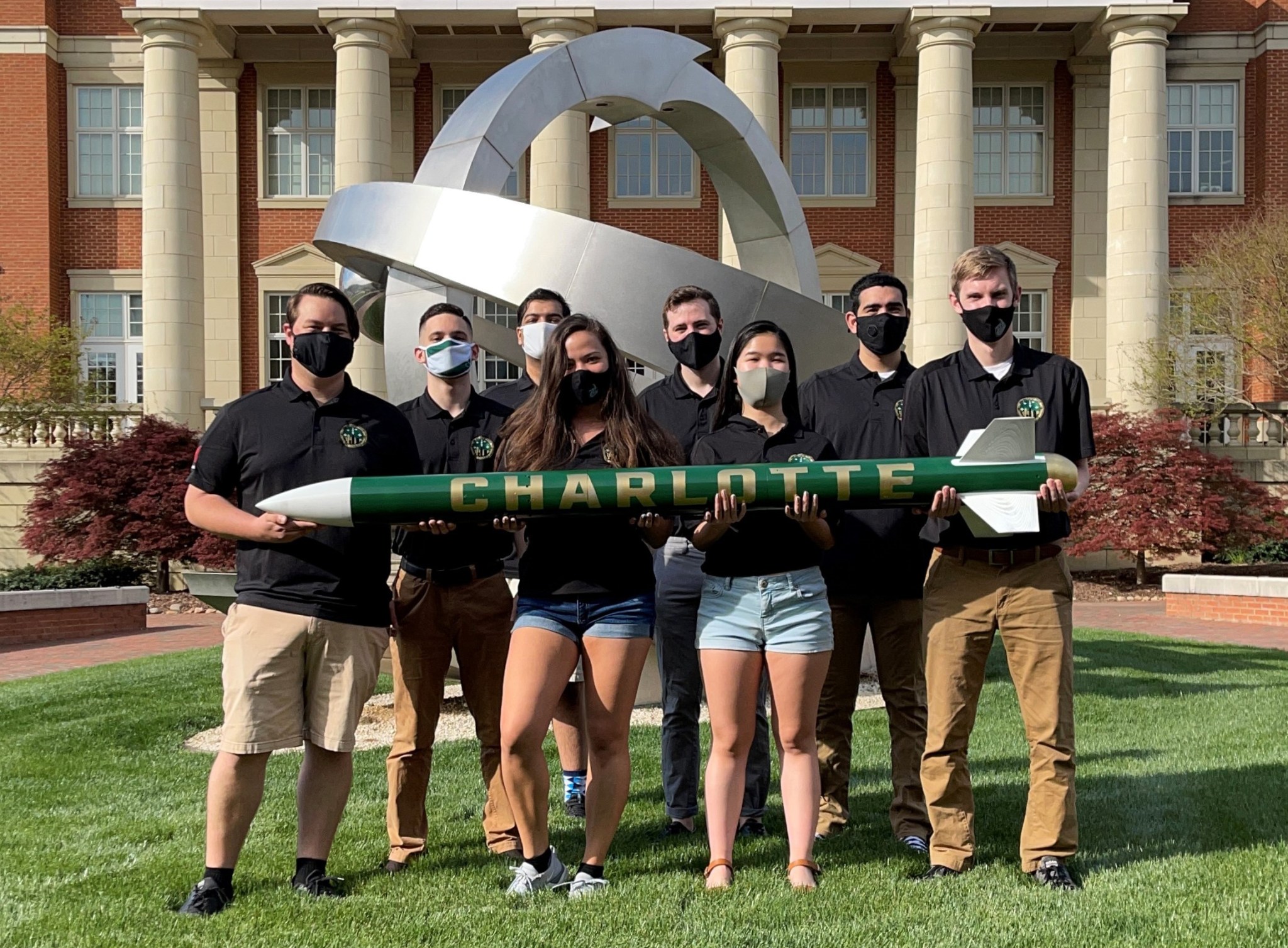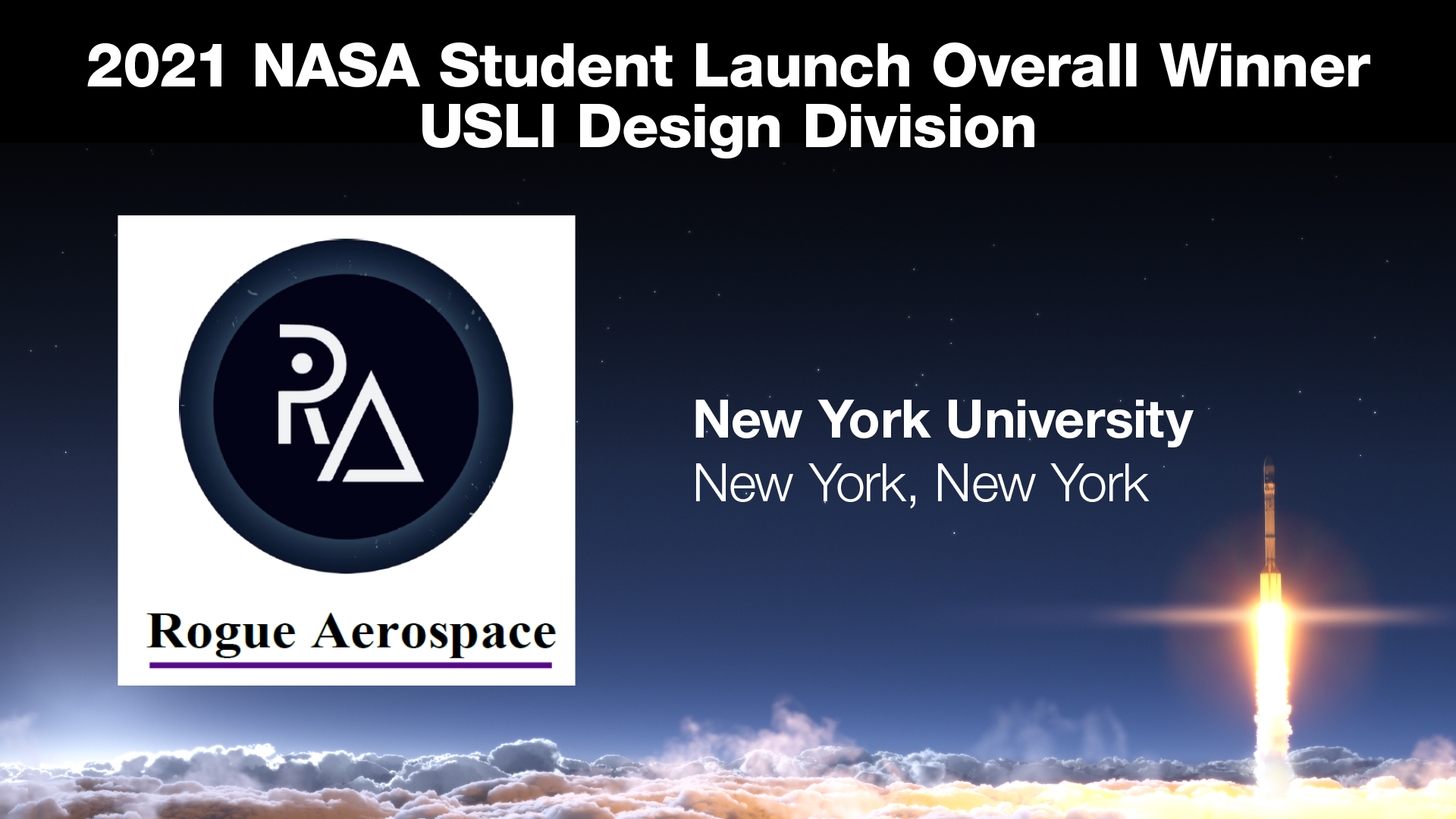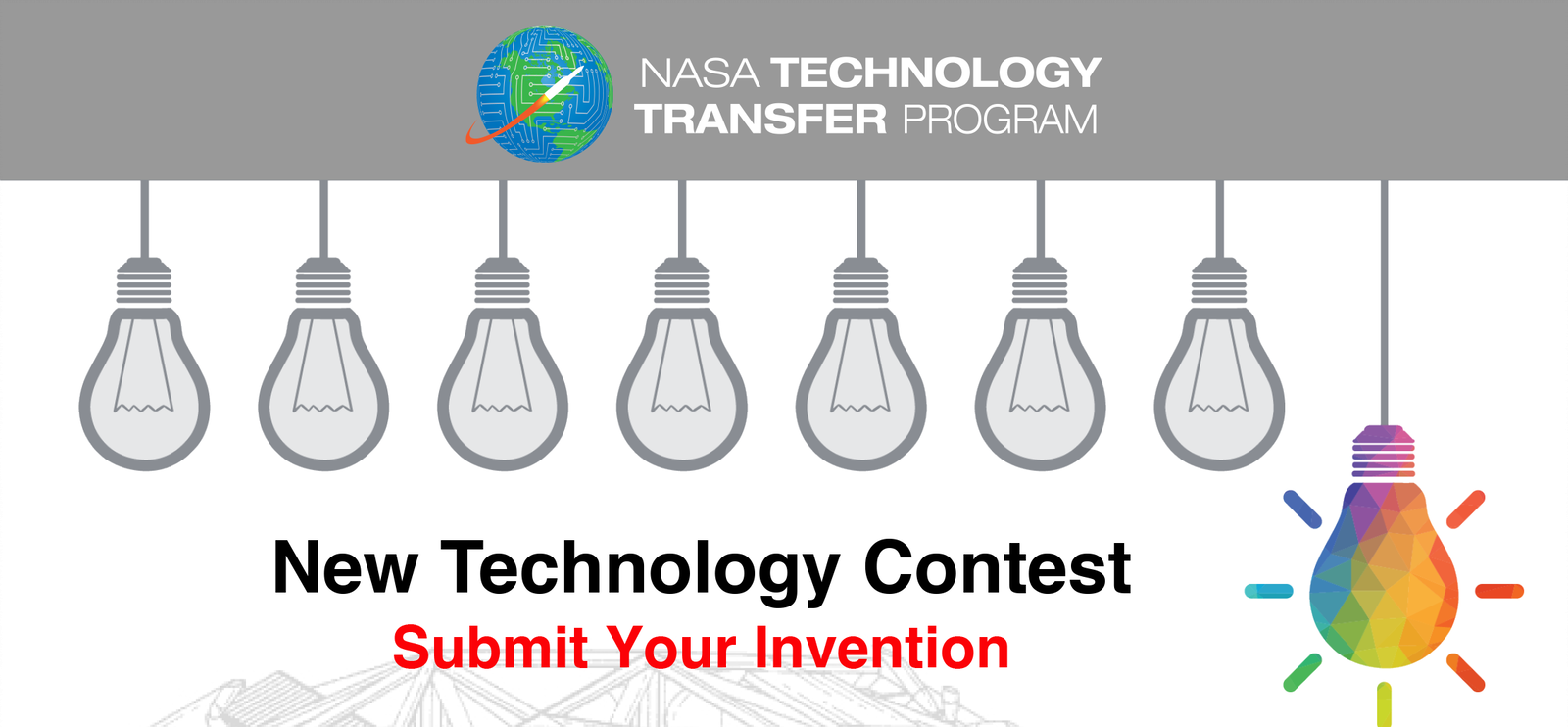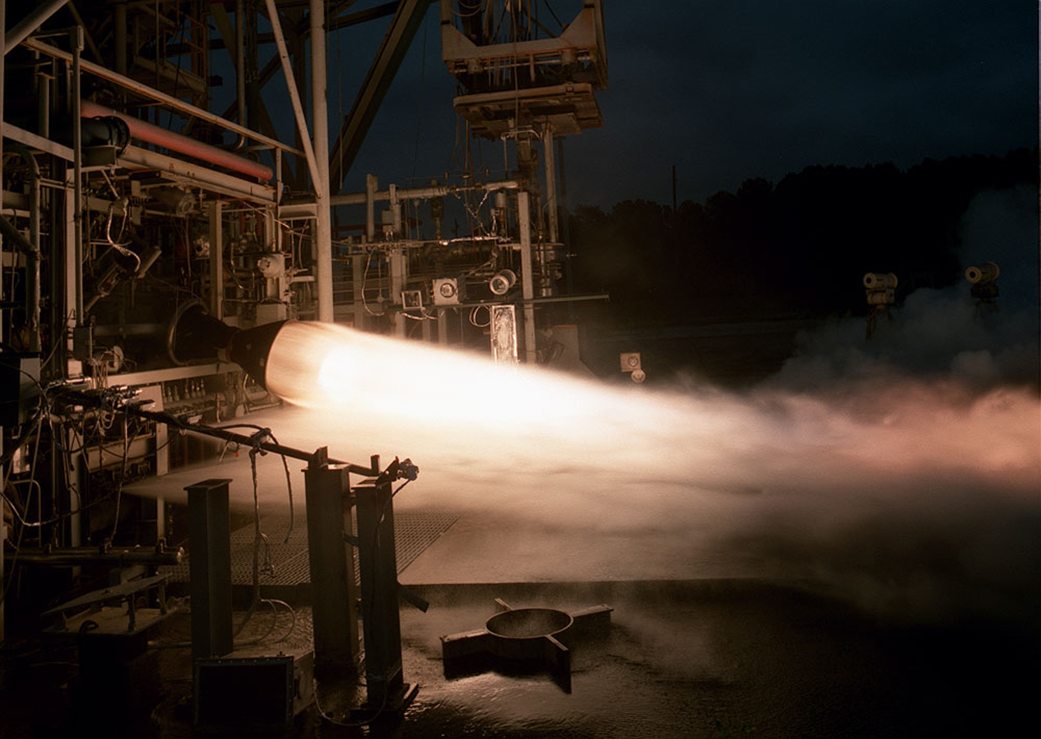Marshall Transitions to COVID-19 Stage 2
Jody Singer, director of NASA’s Marshall Space Flight Center, announced June 3 that Marshall will transition from Stage 3 to Stage 2 of the NASA Framework for Return to On-Site Work, effective June 14.
This stage transition means that more work can be authorized to return to site, although telework will still be expected for most team members, including office workers. In Stage 2, only team members who must be on-site to perform their work may return, with supervisor approval.
“I am immensely proud of you for all you have accomplished under extraordinary conditions over the course of this pandemic period,” Singer said. “We have endured personal losses, more than 14 months of mandatory telework, additional safety protocols on-site, and the added stress of managing a work-life balance like never before.
“I urge you to continue to practice good health and safety measures, both on-site and out in the community. Please look for additional guidance about the potential of re-starting services on-site as we work through this transition.”
Like Marshall’s previous transitions, center leadership used a methodical, risk-based, and data-driven approach to decide when the center can responsibly move to Stage 2. There was an observed sustained downward trend in new coronavirus cases in the Huntsville region and also available hospital capacity due to a reduction of COVID-19 patients requiring the most serious medical care. Team members’ observance of Marshall’s Safe at Work Protocol Guidelines continue to help the center prevent transmission of the virus on-site.
While the federal occupancy limit of 25% remains in effect, Marshall has implemented new mask guidance for those who are vaccinated. Vaccine availability is also a factor in the transition – ample supply is available – and leadership continues to encourage team members to get a vaccine.
Marshall leadership made the Stage 2 decision with careful consideration and consultation with agency leadership and other appropriate officials. They consulted with Team Redstone partners and health officials in order to ensure the decision aligns with their next steps, too.
“Other NASA centers have and are considering this positive move,” Singer said, “and we have been encouraged to make this move only when the time is right. We are ready.”
In a continued effort to keep team members informed, Singer will be joined by Marshall leaders for a town hall June 10 at 1 p.m. to discuss the transition in more detail. Team members may submit and upvote questions via a link on Inside Marshall.
“I have said many times that your health and safety are at the forefront of each decision we make,” Singer said. “I am committed to protecting your wellbeing and that of your families. Thank you for your understanding, dedication to the mission, and agility as we move forward, together.”
Director’s Corner: Keeping Marshall Strong
When I think about this past year and what’s on the horizon, I am filled with pride for each of you and your tireless dedication to NASA. This team continues to deliver on the mission, even during a time of extreme challenges and change.
As Congress takes up President Joe Biden’s fiscal year 2022 budget request, I’d like you to know what’s on my mind. I always say that Marshall Space Flight Center is making human space exploration possible, and I believe the proposed budget for our center will allow us to continue to make critical progress on our missions. For me, this funding request demonstrates the president’s commitment to NASA, the people across the agency, and our commercial partners who have worked so hard this past year under difficult circumstances and achieved unprecedented success. I am also encouraged that this budget request includes new funding for NASA’s STEM engagement efforts to inspire the next generation of scientists, technologists, engineers, mathematicians, and explorers.
This proposal gives us the resources needed to support Artemis with the Space Launch System – including evolving SLS’s capability with the Exploration Upper Stage, and the Human Landing System. It also continues to support our work with the International Space Station, the Commercial Crew Program, space technology, science, and more. This proposed budget fully supports the first flight of Artemis with an uncrewed flight of SLS and the Orion spacecraft. It also allows us to continue Marshall’s technical expertise across many science applications to help NASA expand our understanding of the processes that contribute to a changing climate, while contributing to missions that will explore the cosmos and test the systems needed to send humans far into the solar system.
Marshall is strong because of you and I am confident Marshall will remain strong because of the ways you contribute to your work each and every day.
NASA Selects 2 Missions to Study ‘Lost Habitable’ World of Venus
NASA has selected two new missions to Venus, Earth’s nearest planetary neighbor. Part of NASA’s Discovery Program, the missions aim to understand how Venus became an inferno-like world when it has so many other characteristics similar to Earth – and may have been the first habitable world in the solar system, complete with an ocean and Earth-like climate.
These investigations are the final selections from four mission concepts NASA picked in February 2020 as part of the agency’s Discovery 2019 competition. Following a competitive, peer review process, the two missions were chosen based on their potential scientific value and the feasibility of their development plans. The project teams will now work to finalize their requirements, designs, and development plans.
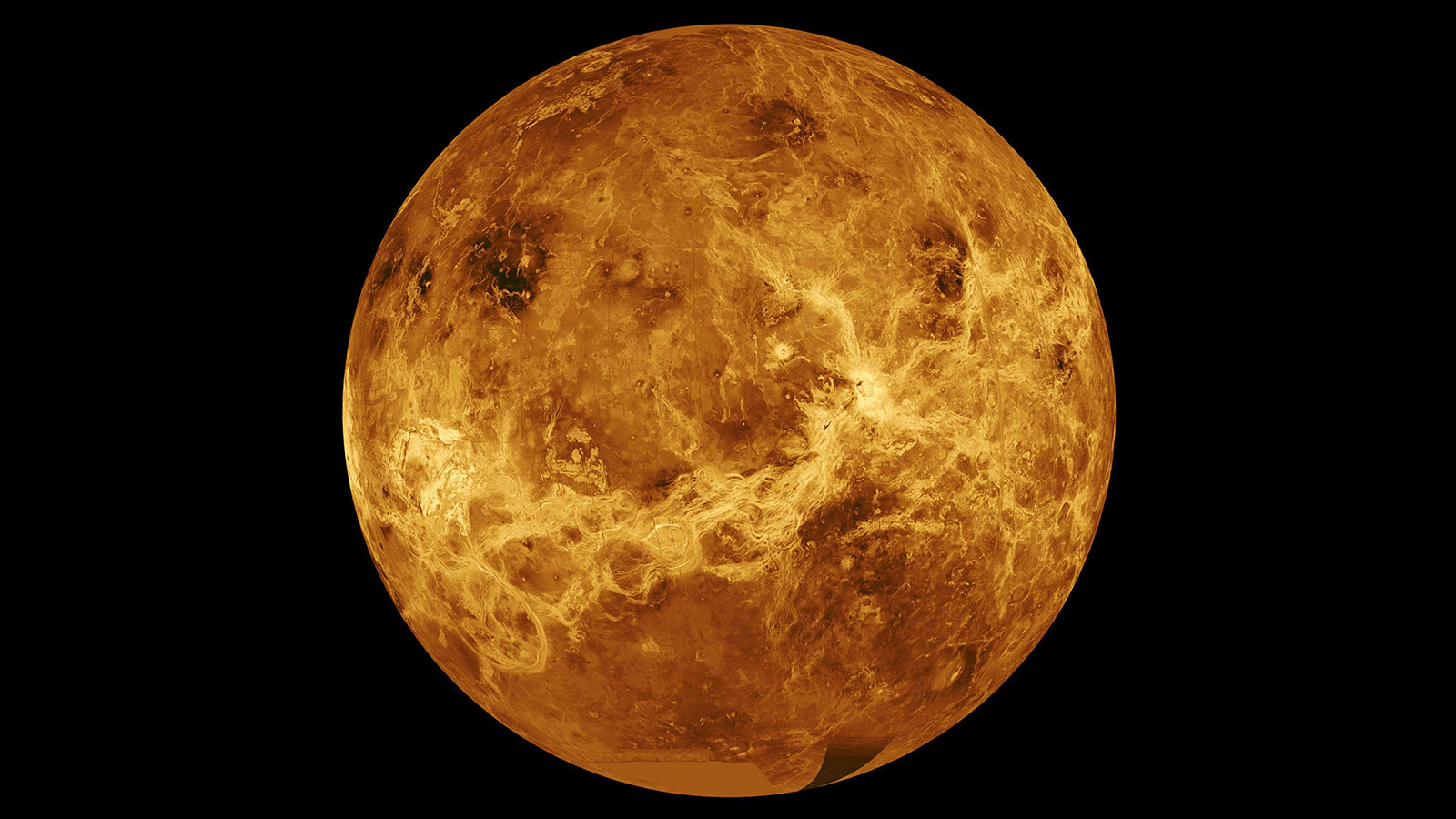
NASA is awarding approximately $500 million per mission for development. Each is expected to launch in the 2028-2030 timeframe.
“We are extremely excited to add these two new missions to our Discovery Program portfolio,” said Brian Key, manager of the Planetary Missions Program Office at NASA’s Marshall Space Flight Center, which will manage the investigations. “NASA has not sent a mission to Venus since the Magellan mission in 1989 and we are anxious to see what new discoveries we will make.”
The selected missions are:
DAVINCI+ (Deep Atmosphere Venus Investigation of Noble gases, Chemistry, and Imaging): DAVINCI+ will measure the composition of Venus’ atmosphere to understand how it formed and evolved, as well as determine whether the planet ever had an ocean. The mission consists of a descent sphere that will plunge through the planet’s thick atmosphere, making precise measurements of noble gases and other elements to understand why Venus’ atmosphere is a runaway hothouse compared the Earth’s.
In addition, DAVINCI+ will return the first high resolution pictures of the unique geological features on Venus known as “tesserae,” which may be comparable to Earth’s continents, suggesting that Venus has plate tectonics. This would be the first U.S.-led mission to Venus’ atmosphere since 1978, and the results from DAVINCI+ could reshape understanding of terrestrial planet formation in the solar system and beyond. James Garvin of NASA’s Goddard Space Flight Center is principal investigator. Goddard provides project management.
VERITAS (Venus Emissivity, Radio Science, InSAR, Topography, and Spectroscopy): VERITAS will map Venus’ surface to determine the planet’s geologic history and understand why it developed so differently than Earth. Orbiting Venus with a synthetic aperture radar, VERITAS will chart surface elevations over nearly the entire planet to create 3D reconstructions of topography and confirm whether processes such as plate tectonics and volcanism are still active on Venus.
VERITAS also will map infrared emissions from Venus’ surface to map its rock type, which is largely unknown, and determine whether active volcanoes are releasing water vapor into the atmosphere. Suzanne Smrekar of NASA’s Jet Propulsion Laboratory is principal investigator. JPL provides project management. The German Aerospace Center will provide the infrared mapper with the Italian Space Agency and France’s Centre National d’Etudes Spatiales contributing to the radar and other parts of the mission.
“We’re revving up our planetary science program with intense exploration of a world that NASA hasn’t visited in over 30 years,” said Thomas Zurbuchen, NASA’s associate administrator for science. “Using cutting-edge technologies that NASA has developed and refined over many years of missions and technology programs, we’re ushering in a new decade of Venus to understand how an Earth-like planet can become a hothouse. Our goals are profound. It is not just understanding the evolution of planets and habitability in our own solar system, but extending beyond these boundaries to exoplanets, an exciting and emerging area of research for NASA.”
Zurbuchen added that he expects powerful synergies across NASA’s science programs, including the James Webb Space Telescope. He anticipates data from these missions will be used by the broadest possible cross section of the scientific community.
“It is astounding how little we know about Venus, but the combined results of these missions will tell us about the planet, from the clouds in its sky through the volcanoes on its surface all the way down to its very core,” said Tom Wagner, NASA’s Discovery Program scientist. “It will be as if we have rediscovered the planet.”
In addition to the two missions, NASA selected a pair of technology demonstrations to fly along with them. VERITAS will host the Deep Space Atomic Clock-2, built by JPL and funded by NASA’s Space Technology Mission Directorate. The ultra-precise clock signal generated with this technology will ultimately help enable autonomous spacecraft maneuvers and enhance radio science observations.
DAVINCI+ will host the Compact Ultraviolet to Visible Imaging Spectrometer built by Goddard. The spectrometer will make high-resolution measurements of ultraviolet light using a new instrument based on freeform optics. These observations will be used to determine the nature of the unknown ultraviolet absorber in Venus’ atmosphere that absorbs up to half the incoming solar energy.
For more information about NASA’s planetary science, visit here.
Marshall Scientists Use Lightning to Help Predict Hurricane Intensity
By Taylor Goodwin
Instead of chasing storms, a team of researchers at NASA’s Marshall Space Flight Center is using new weather prediction methods to see storms ahead of time.
By studying lightning, the scientists are working to develop new ways to help forecast the intensity of incoming hurricanes. Typically, an increase in lightning within the storm signals that the storm is likely to strengthen. But sometimes even weakening hurricanes have large lightning outbreaks, so forecasters must carefully analyze additional data to determine what a lightning outbreak really means for predicting a hurricane’s intensity.
A team of scientists led by NASA researcher Patrick Duran recently published a study on the evolution of lightning flash density, flash size, and flash energy during Hurricane Dorian. Duran and his team support NASA’s Research and Analysis Program, Weather Focus Area, as part of the Short‐term Prediction Research and Transition Center at Marshall.
Duran and his colleagues used a new tool on the National Oceanic and Atmospheric Administration’s latest series of Geostationary Operational Environmental Satellites called the Geostationary Lightning Mapper, or GLM, to capture information about lightning in hurricanes. GLM continuously detects the size and energy of lightning flashes, even over the open oceans.
“In this study,” Duran said, “we were able to prove that the lightning flashes in Hurricane Dorian were larger and more energetic when the storm was intensifying than when it was weakening.”
Using GLM, the team analyzed the two most distinct lightning outbreaks in the innermost part – or inner core – of Hurricane Dorian. The first outbreak occurred during intensification, including a period of rapid intensification – defined as an increase of 30 knots, or 35 mph, in sustained winds over 24 hours. During rapid intensification, the number of inner-core lightning flashes increased as flashes concentrated inside of the radius of maximum wind – or the distance between the center of the cyclone and its band of strongest winds. The second outbreak occurred during weakening. As weakening continued, numerous flashes still occurred within the radius of maximum wind, with a flash rate more than three times that during rapid intensification – a signal typically associated with strengthening. These flashes, however, were much smaller and less energetic than those during intensification.
The GLM sensor provides continuous observations of lightning across most of the Western Hemisphere, including the Atlantic and Eastern Pacific tropical basins. The GLM sensor, effectively an optical event detector, measures changes in cloud top radiance produced by lightning. GLM’s ability to detect not only flash location but average flash area and total optical energy enables the examination of lightning from a number of new perspectives.
“We also argue that changes in the location of lightning flashes could help to identify processes that affect a storm’s intensity,” Duran said. “This information provides clues into how storm structure changes at peak intensity and can potentially help forecasters interpret whether a lightning outbreak signifies storm intensification or weakening.
“In the future,” he continued, “we will analyze a large number of storms to discover how lightning patterns differ between storms that intensify and those that weaken. We think that these patterns could be especially useful in identifying rapid intensification, which is very difficult to predict.”
“We’re still learning how to interpret and utilize the GLM in operational tropical cyclone analysis and forecasting,” said Stephanie Stevenson, meteorologist and programmer with the National Hurricane Center. “This study pushes us toward understanding how GLM’s unique area and energy fields can be used in conjunction with lightning density to monitor a storm’s evolution.”
Goodwin, a Media Fusion employee, supports Marshall’s Office of Strategic Analysis & Communications.
Tracy Johnson Recognized as HEO HErO
Tracy Johnson is the latest team member from NASA’s Marshall Space Flight Center to be named a HEO HErO. As deputy manager of the Space Launch System Program Planning and Control Office, she leads budgetary and risk planning and execution analysis, demonstrating exemplary leadership and management abilities while masterfully representing the office to Marshall, the Human Exploration and Operations Mission Directorate and its Exploration Systems Division, other centers, and stakeholders. Each week, the directorate recognizes HEO HErOes, team members from across the agency who have made vital contributions in their support of NASA’s mission to land the first woman and first person of color on the Moon. (NASA)
Martin Weisskopf Named American Astronomical Society Legacy Fellow
Martin Weisskopf, chief scientist for X-ray astronomy at NASA’s Marshall Space Flight Center, has been named a legacy fellow by the American Astronomical Society. He is the agency’s project scientist for the Chandra X-ray Observatory and principal investigator of the Imaging X-ray Polarimetry Explorer mission. Weisskopf is a leading expert in experimental techniques for X-ray polarization measurements of astronomical objects. The American Astronomical Society board of trustees in 2020 designated an initial group of more than 200 legacy fellows. These include past recipients of certain awards from the society or its topical divisions, distinguished society elected leaders and volunteer committee members, and previously unrecognized individuals with long histories of outstanding research, teaching, mentoring, and service. Visit here to see all the 2021 NASA-affiliated fellows and legacy fellows. (NASA)
NASA Announces Winners of 2021 Student Launch
For the past nine months, 46 teams have strived for success in NASA’s 2021 Student Launch competition. Countless hours were poured into the design, simulation, construction, testing, and launch of rockets and payloads. On June 3, teams were awarded during a virtual ceremony, announcing the University of North Carolina at Charlotte as the winner of the Launch Division and New York University in New York City as the winner of the Design Division.
NASA Administrator Sen. Bill Nelson welcomed teams to the ceremony, encouraging them to continue to pursue their academic interests beyond the competition. “This year’s challenge will hopefully serve as an inspiration for a lifetime of learning,” he said. “Someday it may be you designing a new spaceflight system or spacecraft or even a vehicle to land on another planet.” Nelson also gave a nod to the unique circumstances of competing during a year affected by the COVID-19 pandemic. “This season wasn’t easy,” he said. “It wasn’t normal. But you all succeeded despite the challenges. So congratulations to all of you for seeing this mission to completion.”
In response to the pandemic, the Student Launch program team proactively designed the 2021 competition with provisions to allow for a virtual season. Teams were permitted to use multiple connections to attend all milestone review sessions, including the preliminary design, critical design, and flight readiness reviews – which alleviated the need for all team members to be in the same room or location during their presentations to the NASA review panel. Teams were not required to travel to Huntsville to complete the project and compete. Instead, they were permitted to complete their competition launch at a National Association of Rocketry- or Tripoli Rocket Association-sanctioned launch in their local areas.
Larry Leopard, Marshall’s associate director, technical, reminded students to “appreciate every moment when everything worked as planned, and learn from those times when they did not. Support each and every member of your team. Most importantly, never lose the sense of curiosity that leads you to ask the ‘what if’ questions.”
Every year, NASA challenges middle school, high school, college, and university students from around the United States to design, build, and test a high-powered amateur rocket, then fly it to between 3,500 and 5,500 feet above the ground, and land. The young rocketeers are challenged to “call their shot” and predict their rocket’s altitude months in advance of competition launch day using rocketry principles and computer simulations. Referred to as their “target altitude,” teams can tailor their altitude to maximize the return of scientific value from their payload, just like NASA teams target specific altitudes for their own missions.
This year, the college/university division’s payload mission was a lander that deploys from the rocket during descent. The lander had to land upright or contain a system to upright itself. The lander had to level itself to within 5 degrees of vertical and then take a 360-degree panoramic image of the location and transmit the image back to the team. Teams in the middle/high school division could choose the college/university division payload or propose their own scientific or engineering experiment to perform.
“We are all aware of how difficult this season has been,” said Fred Kepner, an education program specialist and lead for Student Launch at NASA’s Marshall Space Flight Center, host of the competition. “Though we were not able to celebrate these achievements in person, we are proud of the resilience shown by each of our competing teams.”
The University of North Carolina at Charlotte will receive a prize of $5,000 for first place in the Launch Division, and New York University will receive an award of $2,500 for first place in the Design Division.
The top five teams in the Launch Division are:
- University of North Carolina at Charlotte
- Vanderbilt University in Nashville, Tennessee
- University of Notre Dame in South Bend, Indiana
- Purdue University in West Lafayette, Indiana
- North Carolina State University in Raleigh
The top three teams in the Design Division are:
- New York University
- University of California, Los Angeles
- Ohio State University in Columbus
Teams earned points for progress and successes throughout the competition. Awards were are presented in 12 categories ranging from payload design and safety to best social media presence and STEM – science, technology, engineering, and mathematics – outreach. See the complete list of the award categories and recipients here.
For over 20 years, Student Launch has provided a realistic experience to students that resembles the development, test, and operational lifecycle NASA and industry engineers use when developing and operating new hardware. It is one of the seven Artemis Student Challenges.
Marshall’s Office of STEM Engagement manages Student Launch to stimulate innovation and advance NASA’s mission through collaboration with educational institutions and students – the next-generation that will help explore the Moon and travel even farther to Mars. It also furthers NASA’s goal of attracting and encouraging students to pursue degrees and careers in the STEM fields. NASA’s Human Exploration and Operations Mission Directorate and the Office of STEM Engagement, as well as Northrop Grumman, the Huntsville chapter of the National Space Club, American Institute of Aeronautics and Astronautics, the National Association of Rocketry, and Bastion Technologies provide funding and leadership for the initiative.
For more information about NASA’s Student Launch, visit here. For more information about NASA’s Artemis Student Challenges, visit here.
Magnetized Threads Weave Spectacular Galactic Tapestry
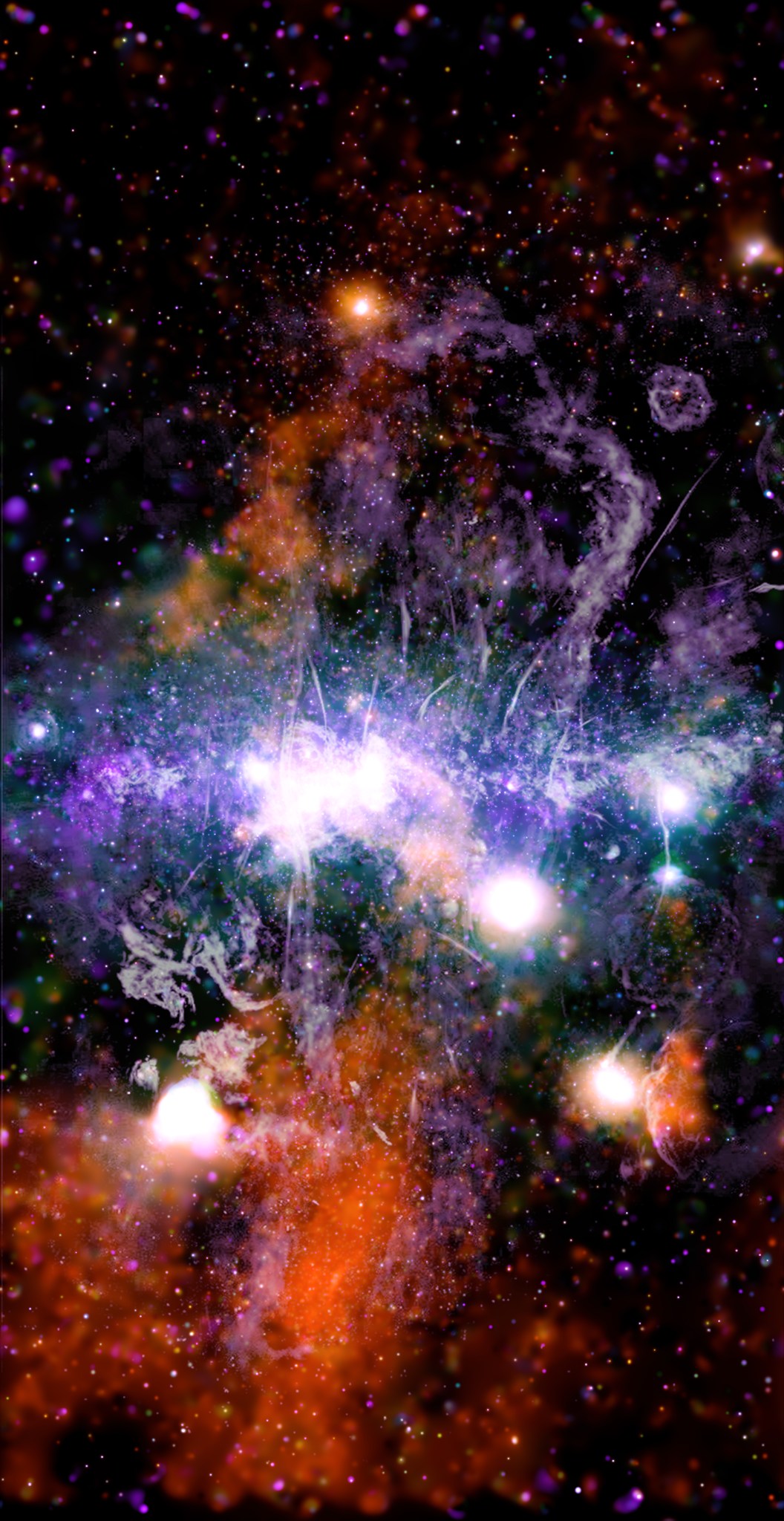
Threads of superheated gas and magnetic fields are weaving a tapestry of energy at the center of the Milky Way galaxy. A new image of this new cosmic masterpiece was made using a giant mosaic of data from NASA’s Chandra X-ray Observatory and the MeerKAT radio telescope in South Africa.
The new panorama of the galactic center builds on previous surveys from Chandra and other telescopes. This latest version expands Chandra’s high-energy view farther above and below the plane of the galaxy – that is, the disk where most of the galaxy’s stars reside – than previous imaging campaigns.
One thread is particularly intriguing because it has X-ray and radio emission intertwined. It points perpendicular to the plane of the galaxy and is about 20 light-years long but only one-hundredth that size in width.
A new study of the X-ray and radio properties of this thread by Q. Daniel Wang of the University of Massachusetts at Amherst suggests these features are bound together by thin strips of magnetic fields. This is similar to what was observed in a previously studied thread. Both threads are labeled with red rectangles in the image. The newly studied one in the lower left, G0.17-0.41, is much farther away from the plane of the galaxy. Such strips may have formed when magnetic fields aligned in different directions, collided, and became twisted around each other in a process called magnetic reconnection. This is similar to the phenomenon that drives energetic particles away from the Sun and is responsible for the space weather that sometimes affects Earth.
A detailed study of these threads teaches more about the galactic space weather astronomers have witnessed throughout the region. This weather is driven by volatile phenomena such as supernova explosions, close-quartered stars blowing off hot gas, and outbursts of matter from regions near Sagittarius A*, the galaxy’s supermassive black hole.
In addition to the threads, the new panorama reveals other wonders in the galactic center. For example, Wang’s paper reports large plumes of hot gas, which extend for about 700 light-years above and below the plane of the galaxy, seen in the new image in greater detail than ever before. They are much smaller than the Fermi Bubbles, which extend for about 25,000 light-years above and below the plane of the galaxy. These plumes may represent galactic-scale outflows, analogous to the particles driven away from the Sun. The gas is likely heated by supernova explosions and many recent magnetic reconnections occurring near the center of the galaxy. Such reconnection events in the galaxy are normally not sufficiently energetic to be detected in X-rays, except for the most energetic ones at the center of the galaxy, where the interstellar magnetic field is much stronger.
Magnetic reconnection events may play a major role in heating the gas existing between stars – the interstellar medium. This process may also be responsible for accelerating particles to produce cosmic rays like those observed on Earth and driving turbulence in the interstellar medium that triggers new generations of star birth.
The image shows that the magnetic threads tend to occur at the outer boundaries of the large plumes of hot gas. This suggests that the gas in the plumes is driving magnetic fields that collide to create the threads.
The paper by Wang describing these results appears in the June issue of the Monthly Notices of the Royal Astronomical Society, and a preprint is available online. NASA’s Marshall Space Flight Center manages the Chandra program. The Smithsonian Astrophysical Observatory’s Chandra X-ray Center controls science from Cambridge, Massachusetts, and flight operations from Burlington, Massachusetts.
Read more from NASA’s Chandra X-ray Observatory here. For more Chandra images, multimedia, and related materials, visit here.
Cash Awards Up for Grabs in New Technology Contest
NASA’s Tech Transfer Office is holding a contest that will give cash awards to five civil servant inventors at the agency’s Marshall Space Flight Center whose New Technology Reports have the most commercial potential.
New Technology Reports are the first step in helping NASA make the most of inventors’ technology and will be judged on their ability to transfer technology to commercial sector areas like automotive, manufacturing, sensors, materials and coatings, health and medicine, and more.
“Our goal is to build morale among employees while encouraging creativity combined with individual growth and development, which has been challenging over the past year,” said Terry Taylor, deputy program executive for Technology Transfer.
Marshall civil service employees must submit their ideas via a New Technology Report here by July 14 to be considered for the following cash awards:
- First place: $3,000
- Second place: $2,500
- Third place: $2,000
- Fourth place: $1,500
- Fifth place: $1,000
Inventors can submit multiple reports. If any selected reports have multiple inventors, the cash prizes will be split. Each report will carefully be reviewed by commercialization experts.
“We want to broaden the inventor pool at Marshall and increase partnerships with cutting-edge technology entities,” Taylor said. “We hope this contest will encourage and motivate the next generation of inventors to participate in NASA’s Technology Transfer Program.”
Learn more about the New Technology Contest here.
This Week in NASA History: Duration Test of 40K Fastrac II Engine – June 9, 1997
This week in 1997, the Fastrac engine was duration tested in Test Stand 116 at NASA’s Marshall Space Flight Center. The overall purpose of this test was to gauge the length of time between contact of triethylaluminum and liquid oxygen as an ignitor for the engine. Initially developed for use with the first powered flight of NASA’s X-34 technology demonstrator, the Fastrac engine was capable of producing 60,000 pounds of thrust. Today, Marshall is playing a vital role in the Artemis program by developing the Space Launch System, the backbone of NASA’s exploration plans and the only rocket capable of sending humans to the Moon and Mars. The NASA History Program is responsible for generating, disseminating, and preserving NASA’s remarkable history and providing a comprehensive understanding of the institutional, cultural, social, political, economic, technological, and scientific aspects of NASA’s activities in aeronautics and space. For more pictures like this one and to connect to NASA’s history, visit the Marshall History Program’s webpage. (NASA)



























